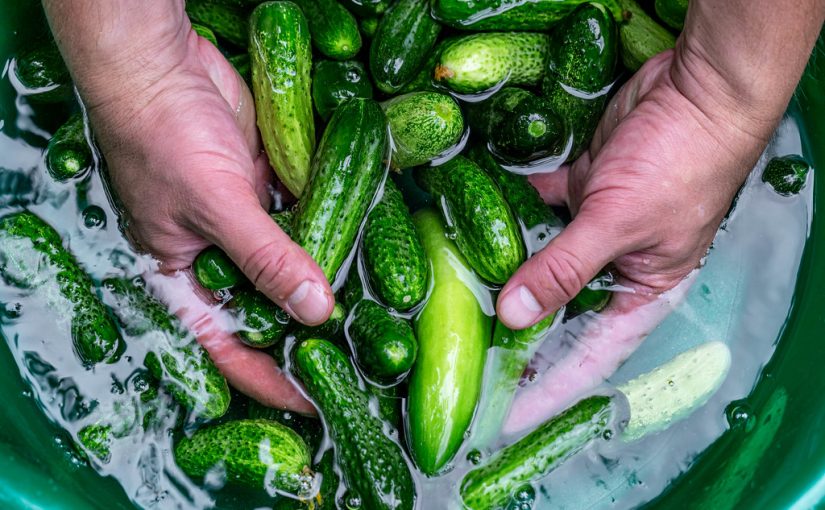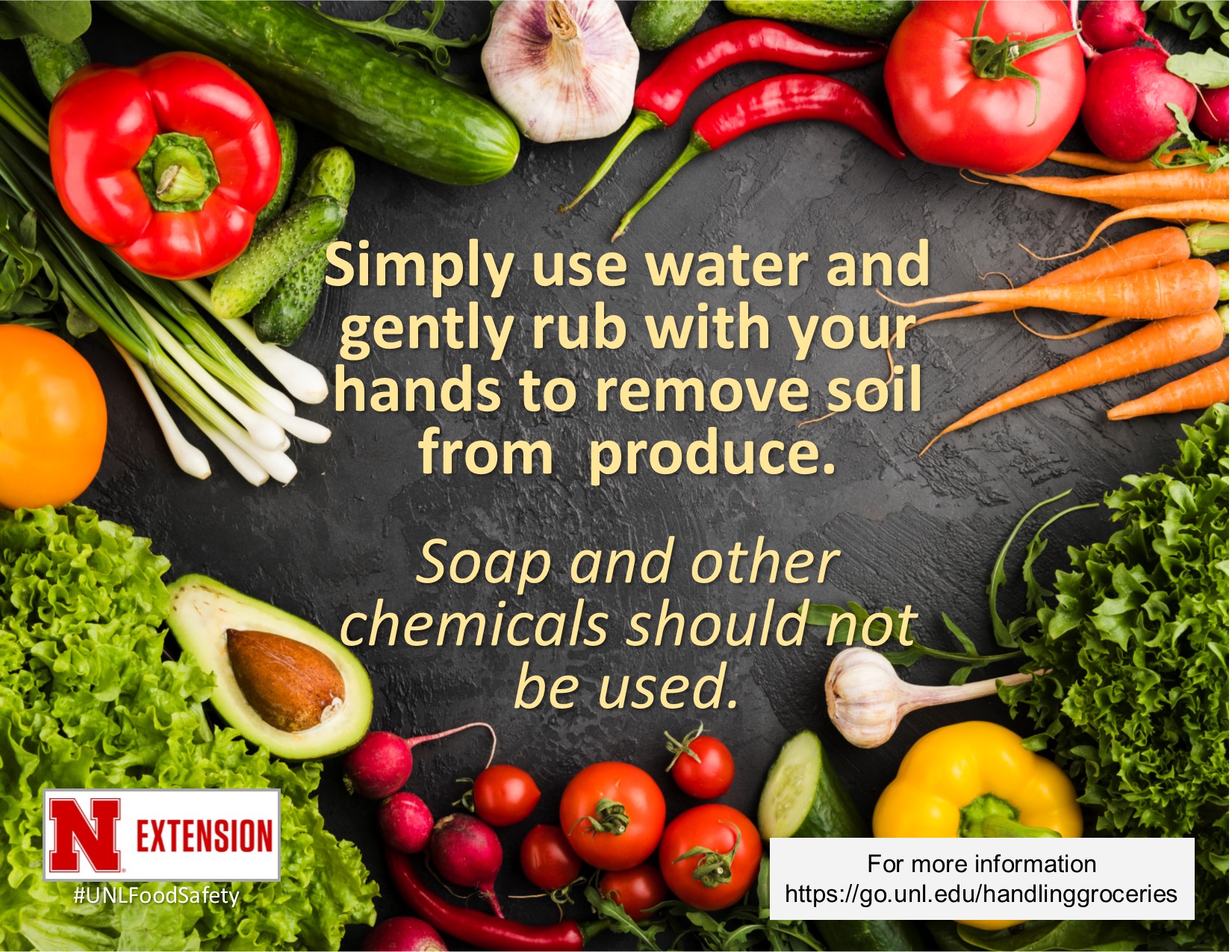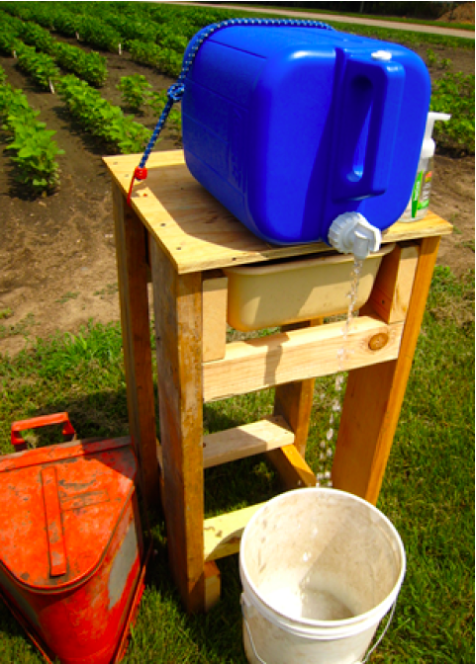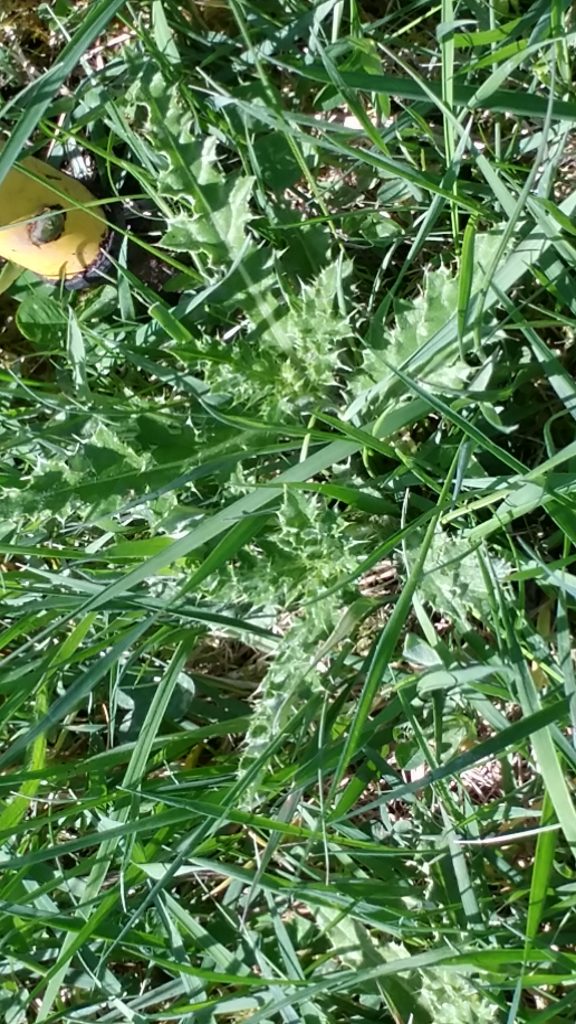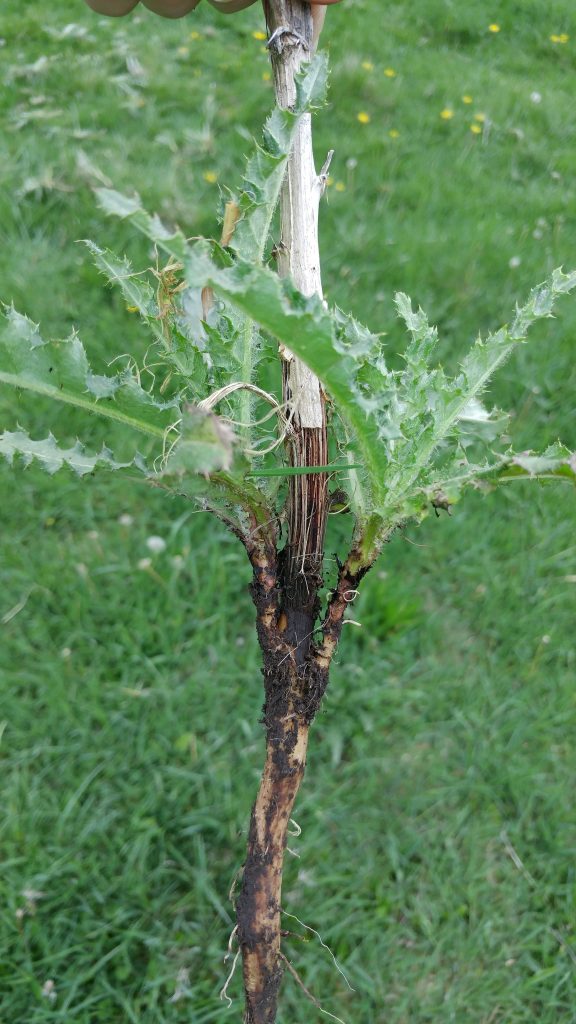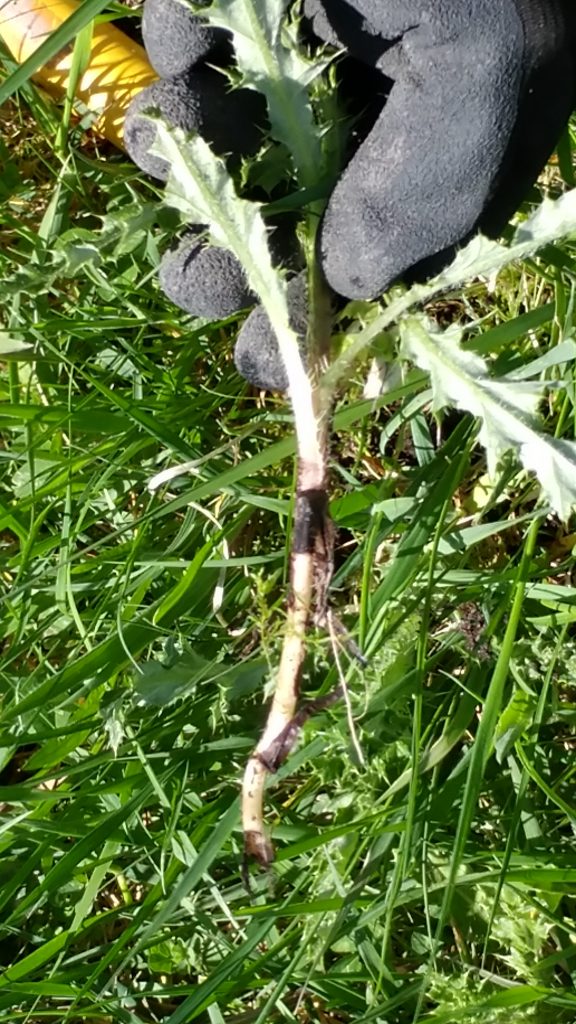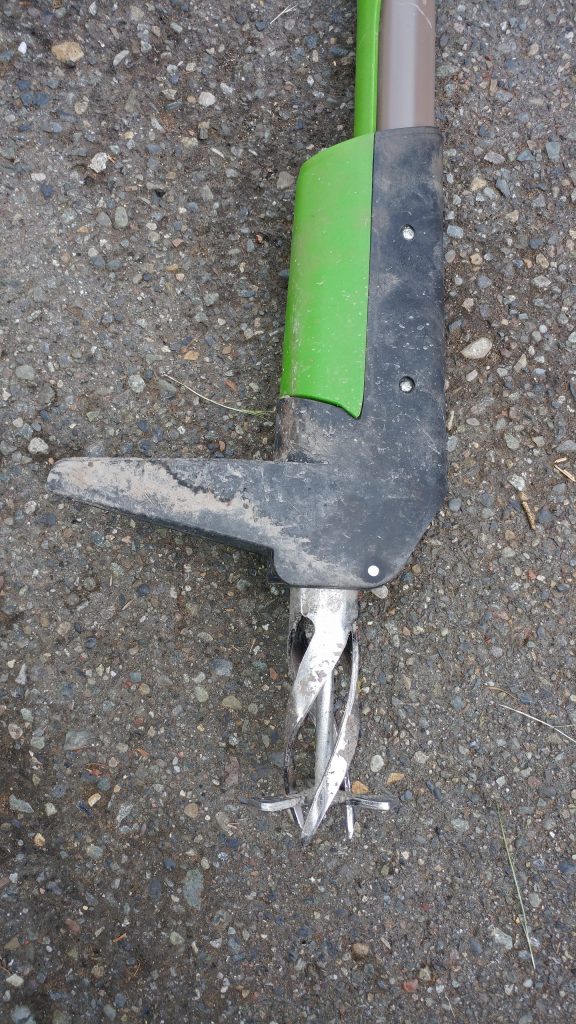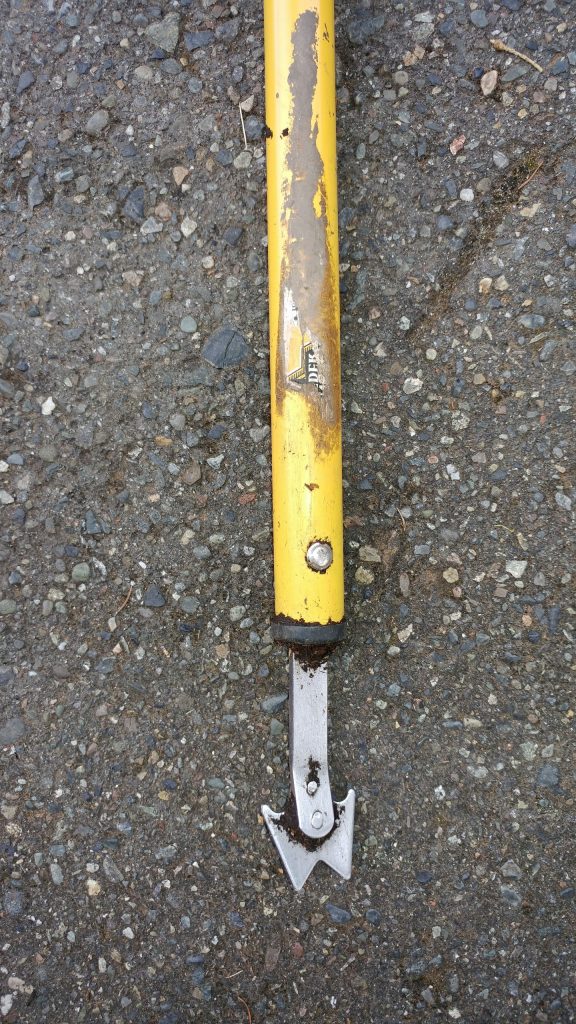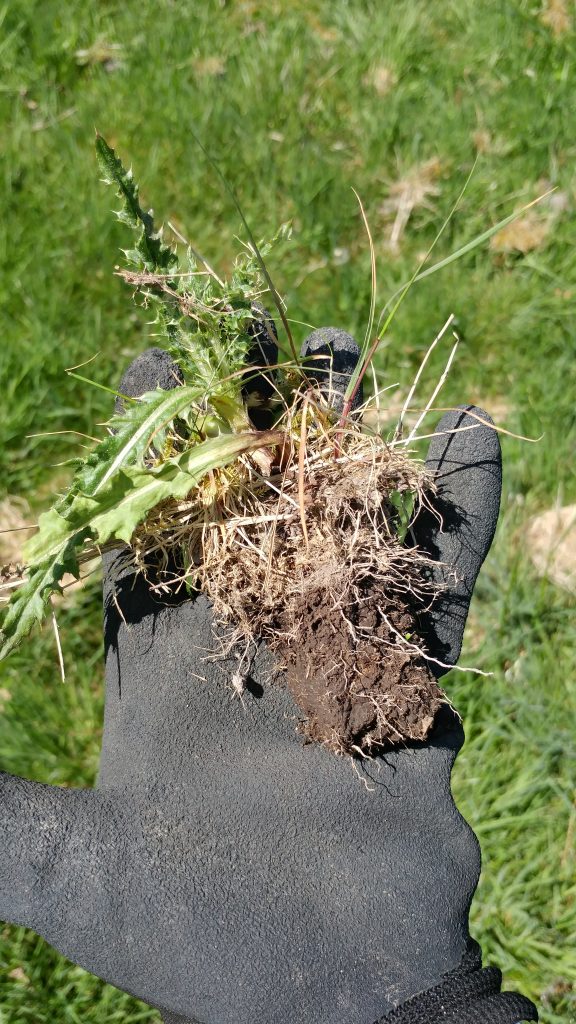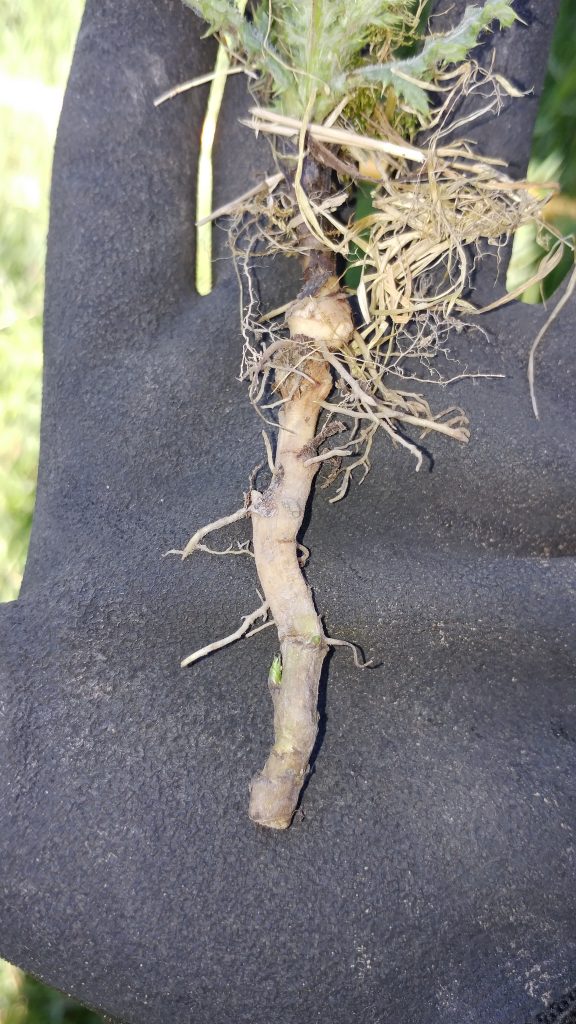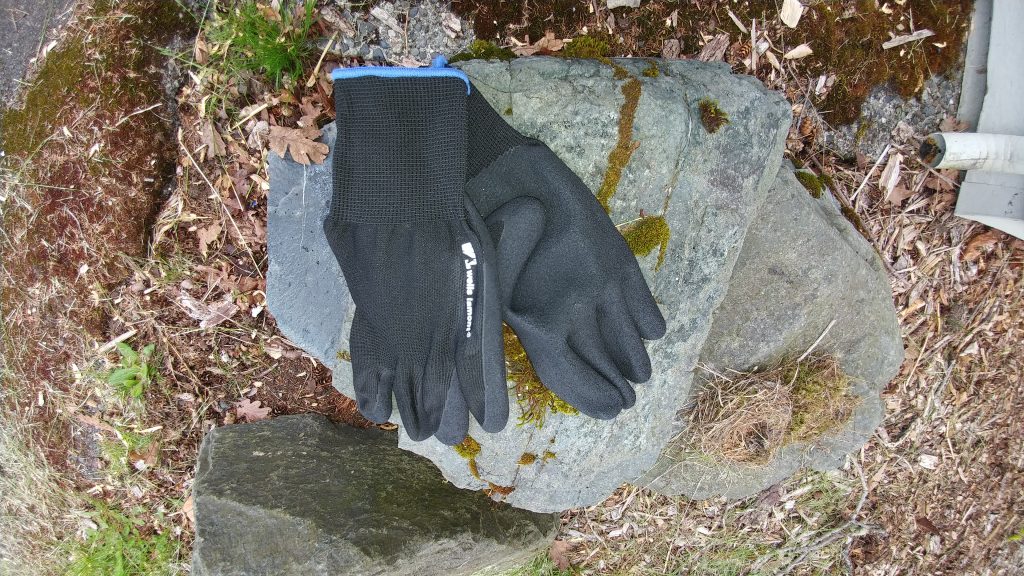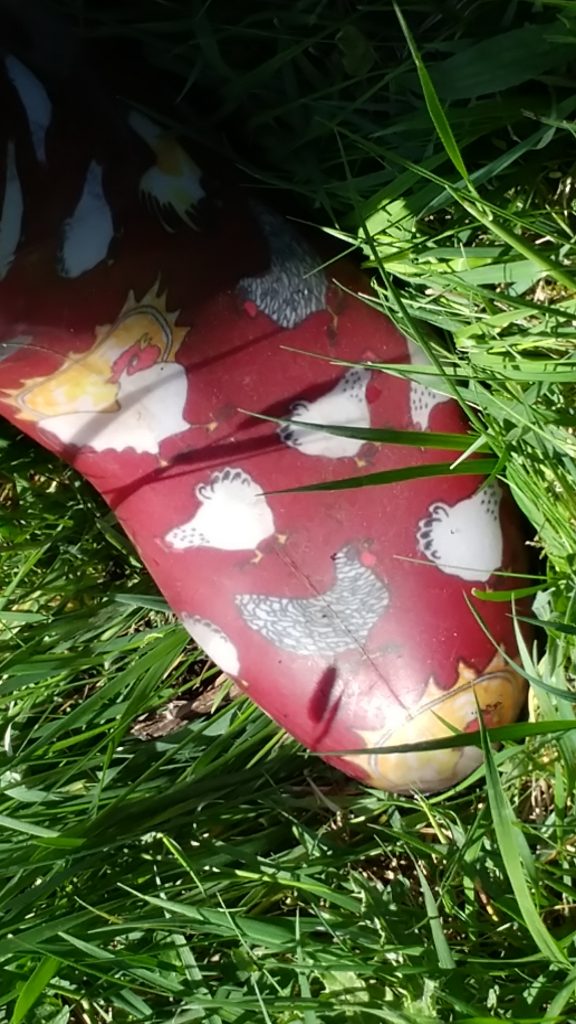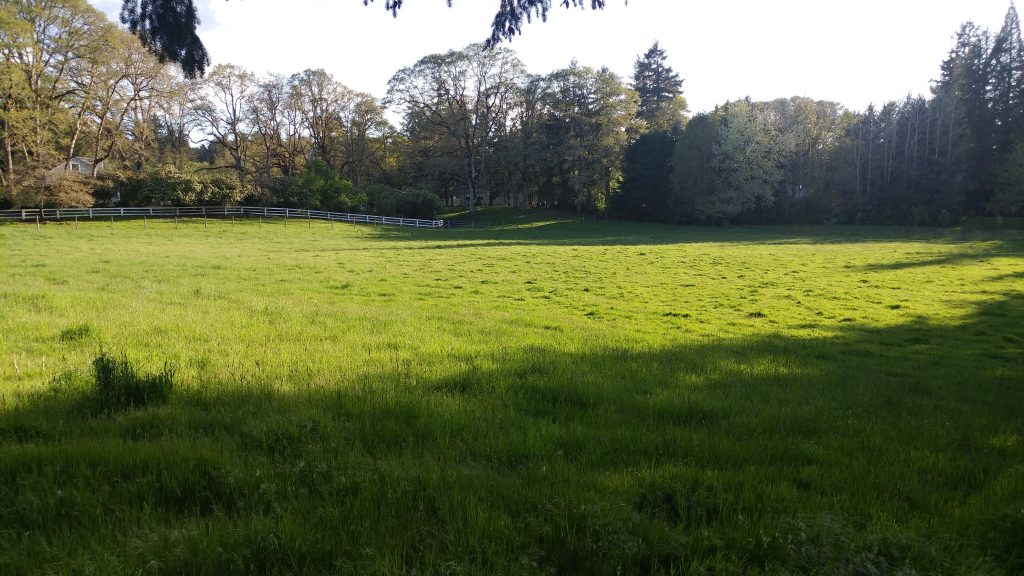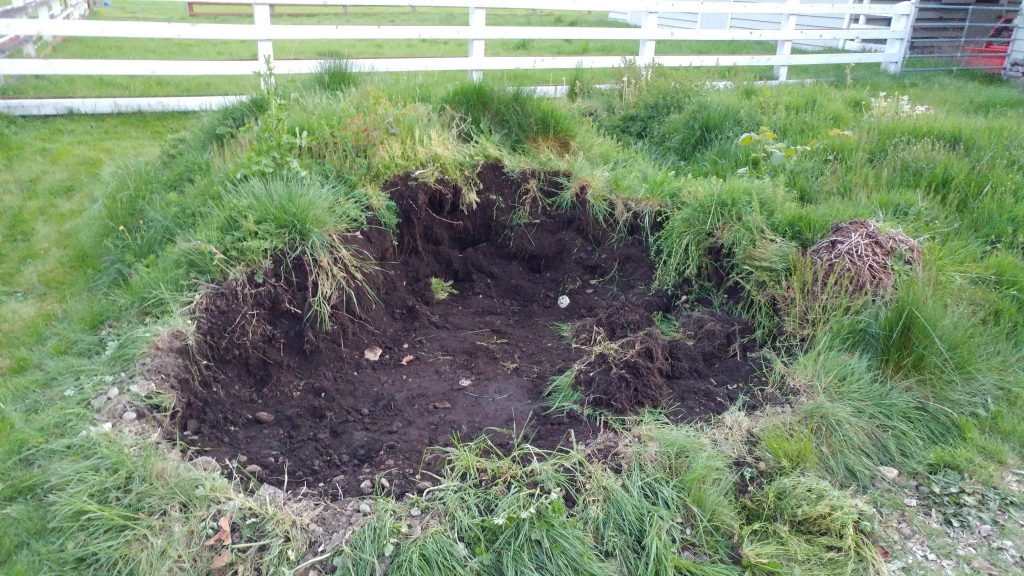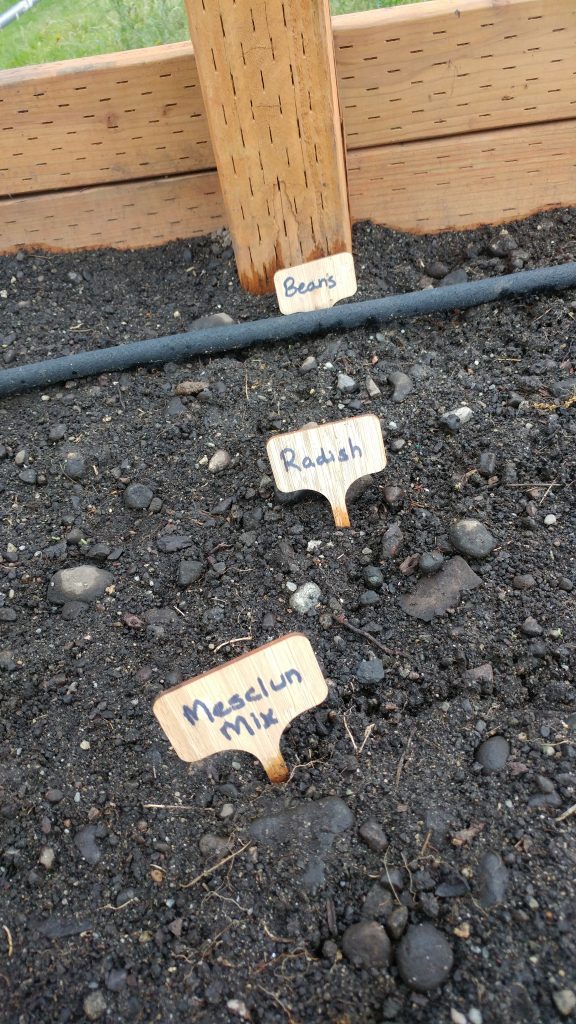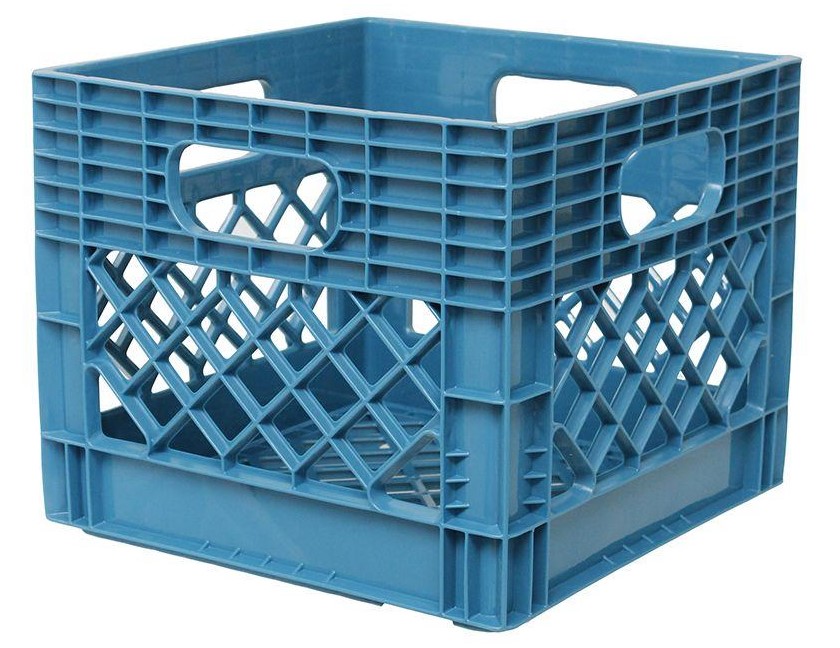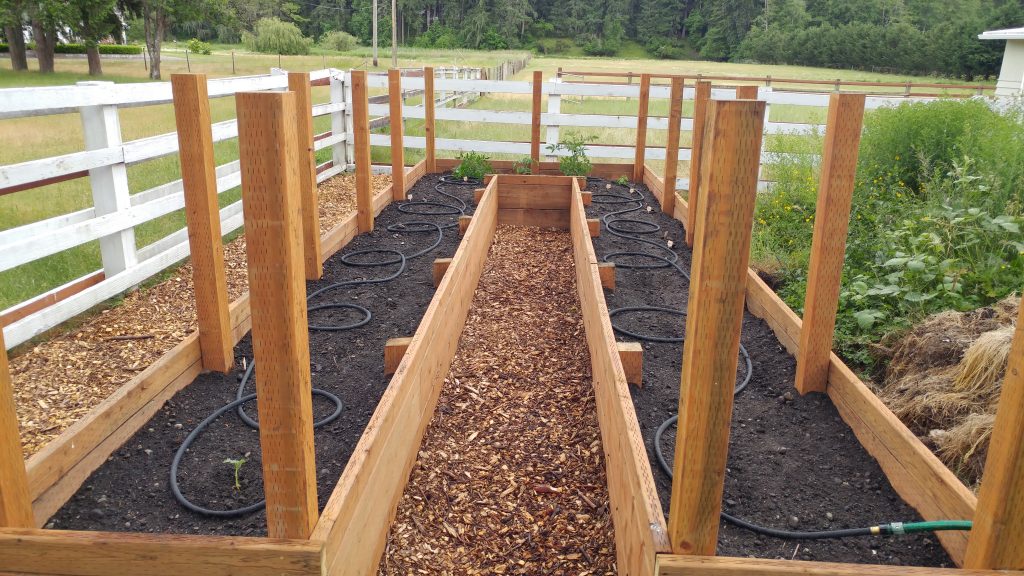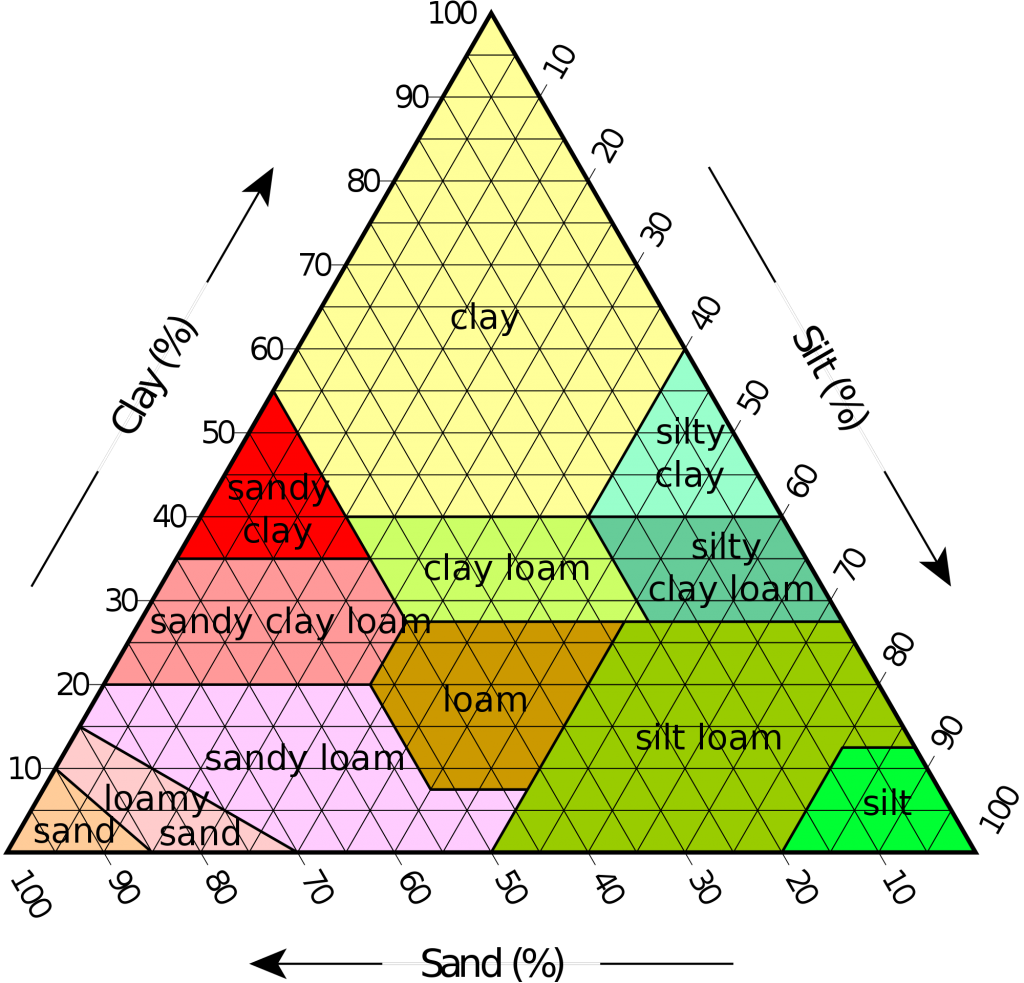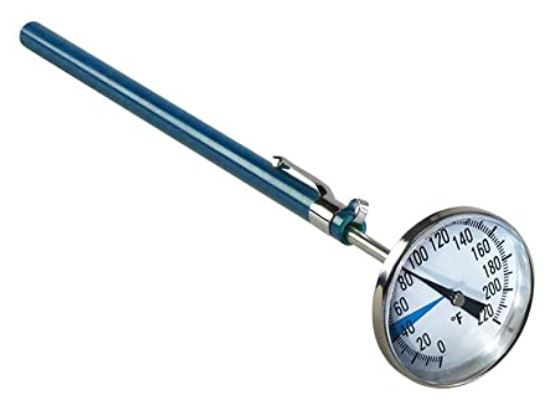I have been hiding from COVID-19 in Arizona, but I had to return to Ojai, Ca because I was “noticed” by the local fire department to abate my weeds. I returned to find the Weed Apocalypse (WA 2020). Late spring rains were spaced nicely in California supporting rampant weed growth. So, why did this happen? What can I do about it now? How could I have better prepared for WA 2021 next year?
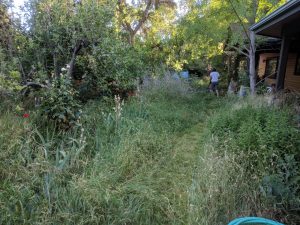
In May, the days are getting noticeably longer and moving closer to the longest day of the year (June 20–the summer Solstice). Longer days add more photosynthetically active radiation and put plants on a rapid growing phase at this time of the year. If water and soil nutrients are not limiting, this is the fastest growth period for most plants. Weeds have the unique quality that they will grow faster than many garden plants even with less resources. When resources are plentiful, they grow faster still.
One way to prevent the weed apocalypse is to deteriorate the weed seed bank . The “weed seed bank” (WSB) is the amount of seeds stored in soil that are viable. The seed bank is restored each year when weeds set seed and drop them on or into the ground. In some cases the seed bank also includes plant parts such as Bermudagrass (Cynodon dactylon) stems and rhizomes (underground stems) that can lie quiet but, once sufficient moisture is available, they spring into life! So once the weeds set seed, just “whacking” or mowing and leaving the mulch behind does not usually solve the problem as viable seed is added to the WSB. Annual weeds can be reduced substantially if they are controlled prior to seed set.
Weeds are sneaky buggers. They imbue their progeny with germination inhibitors or dormancy factors that delay germination. Some seeds complete their maturation even when they have been cut away from the main plant. This is why weeds always seem to be there for you. When dormancy factors wear off, or are washed away seeds will germinate. So after a strong rain event or irrigation weeds emerge that were previously dormant. Some of the seeds remain dormant in the WSB as a back up opportunity to grow. In the case of Slender wild Oat, Avena barbata, it has two maturation ‘stages’ that take advantage of both early spring and late fall rains, with seed ripening at both of those seasonal times. Light is also necessary for many weeds to germinate. When weeds are removed by tilling or digging, new seeds are brought to the surface and may now germinate. Additionally, many weeds have the capacity to regenerate if the entire root is not removed. One tenacious weed, Field bindweed (Convolvulus arvensis), is known to regenerate from each node and root as deep as four feet. Cutting the plants into pieces makes more of them!
Weeds can be annual biennial or perennial . Some weeds such as Poa annua or annual bluegrass complete their life cycle (seed to seed) in only a few to several weeks, others grow for years. Annuals survive drought or cold winters as seeds while perennials as roots, tubers or dormant stolons or stems. Biennial weeds usually grow their vegetative body in the first year and reproductive structures in the second year, they are often rosette forming plants that grow close to the ground in the first season and develop tall stocks in the second. Knowing how to identify weeds helps to understand their biology and ultimately control strategies.
Many gardeners are herbicide averse. However, herbicides will often give the most economic and effective control of weeds. Some weeds like field bindweed are only well controlled with herbicides. Herbicides are broken down into two categories: pre-emergent herbicides and post emergent herbicides. Pre-emergent herbicides inhibit seed germination or kill emerging seedlings before they can develop. Post emergent herbicides kill weeds after they emerge from their seeds. Almost all weeds are better and more easily controlled at juvenile life stages. This is true for mechanical or chemical control. Regardless of how you choose to deal with the WA in your garden starting when weeds are small will give you a tremendous advantage.
Like all pesticides, herbicide labeling must be followed carefully to apply the right amount of product at the right time to the target weed (which also must be listed on the label). There are some amazing herbicidal tools that can save hours of labor. Some drawbacks of herbicides are that they may be expensive, may require multiple applications, require equipment to apply as well as personal protective equipment. Herbicides can be selective or broad spectrum. For instance, Fluazifob-P-butyl (active ingredient of Fusilade II) will control warm season grasses in many ornamental broadleaved plants. This is immensely useful since you can apply Fluazifop-P-butyl “over the top” of a flower garden and free it of bermudagrass (Cynodon dactylon) without harm to your ornamental garden plants or other non-grass landscape plants. Other herbicides containing plant growth regulators such as 2,4-D are broad-spectrum and will kill or harm many kinds of broad-leaved plants in turfgrass without harming the turfgrass. There are also some broad spectrum contact herbicides made of soaps or acids that will kill both broad leaved and grass weeds on contact. While these products do not have systemic action they can be very effective on both cool and warm season young weed seedlings. Herbicides when used carefully and following labeled instructions can save hours of hand weeding labor.
In my own yard I have chosen not to use herbicides because I have so many plants that are sensitive to the kinds of products I would need to use. I am pretty much down for other types of control. This month my city council decided to ban the use of gasoline powered lawn mowers–my chief weapon for the WA! We took a chance and used it anyway because our weed issues are so bad. As mentioned earlier the best time to use mechanical control of weeds is when they are in the cotyledon or two leaf stage of growth. A quick attack with a scuffle hoe will wipe them out. When they grow to adult weed size, larger and larger machinery become required.
Once perennial weeds such as bindweed grow a bit they become impossible to control with hoeing because they will grow back from roots. String line trimmers are used for weeding in many apocalypses but have their limitations. Bits of plastic trimmer line break off and pollute your landscape. Biodegradable plastics are usually used, but the idea of littering your yard with plastic bits is bothersome. Limiting the use of oil consuming machines is a great idea, but using battery powered machines has limits. Buying extra batteries so you can destroy while you charge is helpful.
Hand pulling is a great way to release pend up stress (of the human not the weed), get exercise, and rid the garden of apocalyptic pests. However, for some weeds like yellow nutsedge (Cyperus esculentus) you will only increase the problem as nutlets are released from dormancy when you pull the “mother” plant. By the time you see the emerging nutlets they have formed more nutlets so you can never get ahead of the problem. If you decide hand pulling will work, irrigate the day before you want to weed and they will come out much easier.
Mulching with fresh coarse arborist chips is a great way to prevent annual weeds from getting the light they need to germinate. Mulches also break down to improve soil. We have been mulching for a couple decades on my driveway but have not added any mulch for a few years. The broken down mulch and improved soil are now the most apocalyptic weed garden. If you use mulches for weed control fresh chips need to be applied at least annually in a thick layer to be effective. Also constant application of mulches can make soil! This soil builds up without you realizing that the root collar of perennials or trees may be getting buried. If you mulch consistently around trees be sure to keep the root collar exposed.
Not all weeds germinate in the early winter. There are winter and spring or summer germinating weeds. The differing timing of their emergence can happen unexpectedly. Just when you thought you had weeds in control, another set seems to appear requiring your attention. Look for summer emergent weeds when night temperature lows are above 60F.
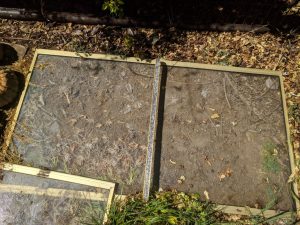
Solarization is another way to kill weeds. This is the old greenhouse effect used as a weed weapon. Clear plastic laid on the soil surface and sealed at the edges will if exposed to full sun heat the contents to the point of their death. The solarization effect does not penetrate deeply into soil, so if perennial weeds are solarized, they may survive and regrow from root pieces. If you want to try solarizing your weeds purchase thick UV resistant plastic otherwise you will have bits of plastic everywhere as the sun breaks it down into pieces… Warning, this does not work with Field bindweed! In my own yard I have used old glass shower doors to solarize the soil.
Finally if all else fails and the WA is bearing down, you can just eat them. Many weeds are edible and can make good food. Nettle, Sonchus (sow thistle), purslane, dandelion and many of the Mustard family are edible at various stages of their development. Some folks have even collected mustard seeds and made their own condiments. Of course, you should always exercise caution when consuming wild foods. Some contain toxins or other chemicals that individuals may be sensitive to. The Sow thistle and wild lettuce (Lactuca spp.) contain latex which many are sensitive to. The stinging nettle has hairs on its surface that contain an irritant (oxalic acid) that causes skin burning and welts. Others, such as black elderberry may contain cyanide alkaloids in the green tissues-stems, fruit and other parts. Research the risks of consuming or contacting some plants before attempting to eat or handle them. There is hope, because even the nutlets of one of the worst weeds (yellow nutsedge) are edible…
